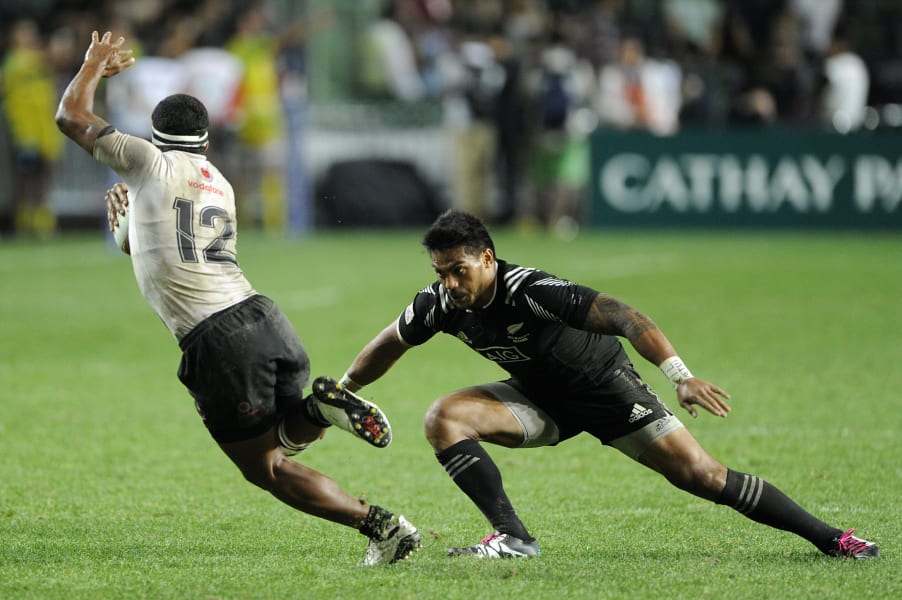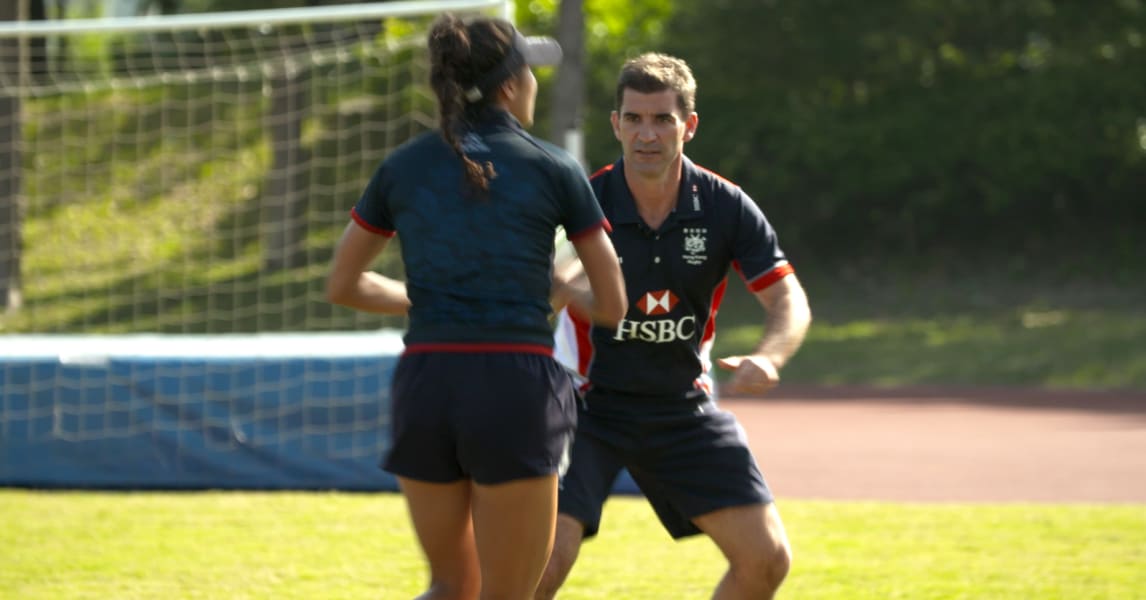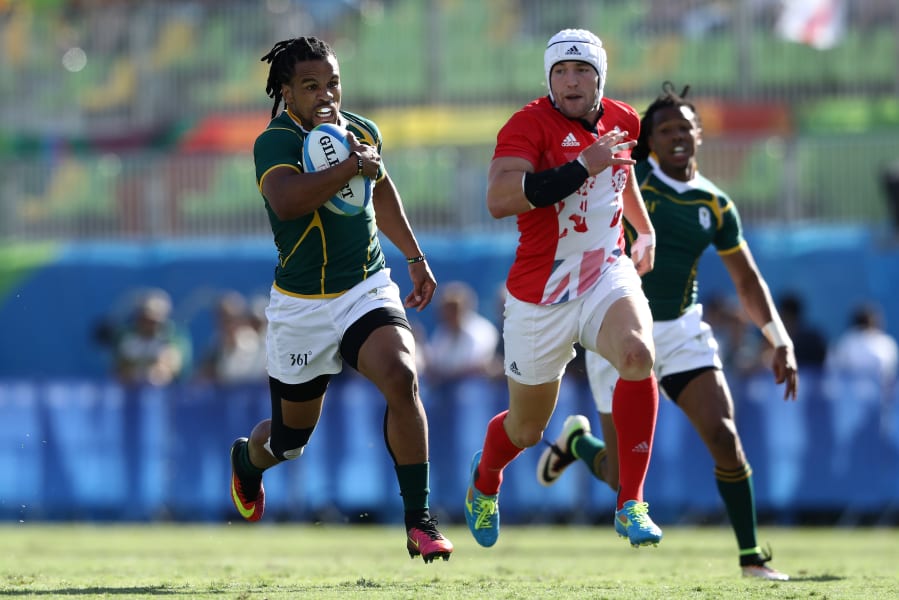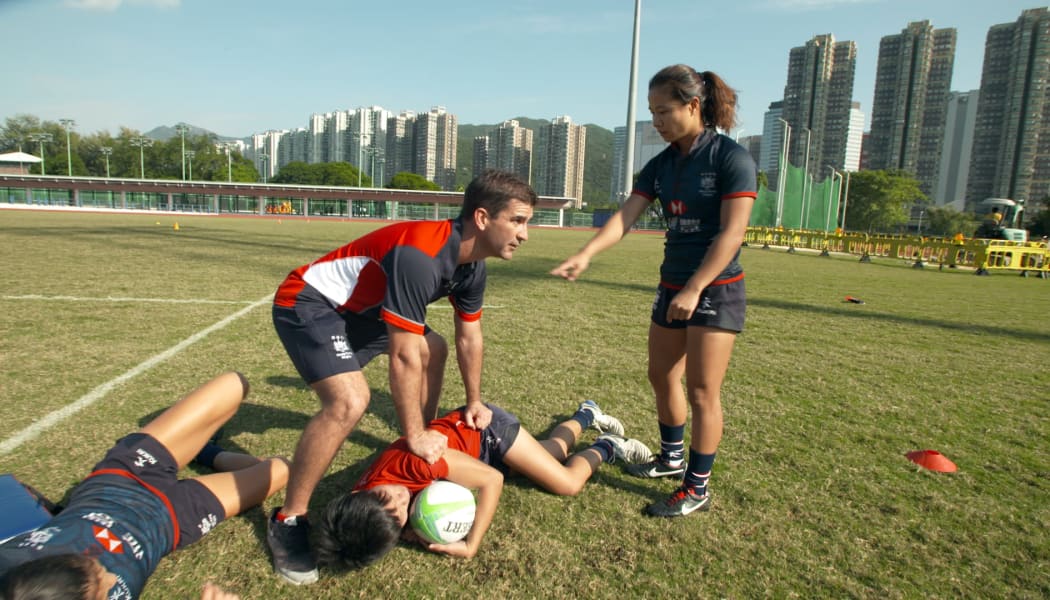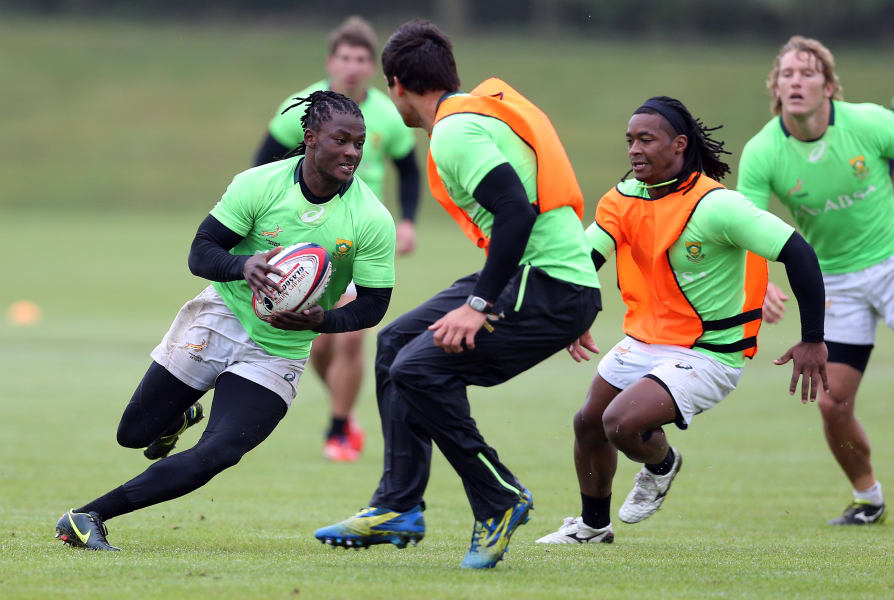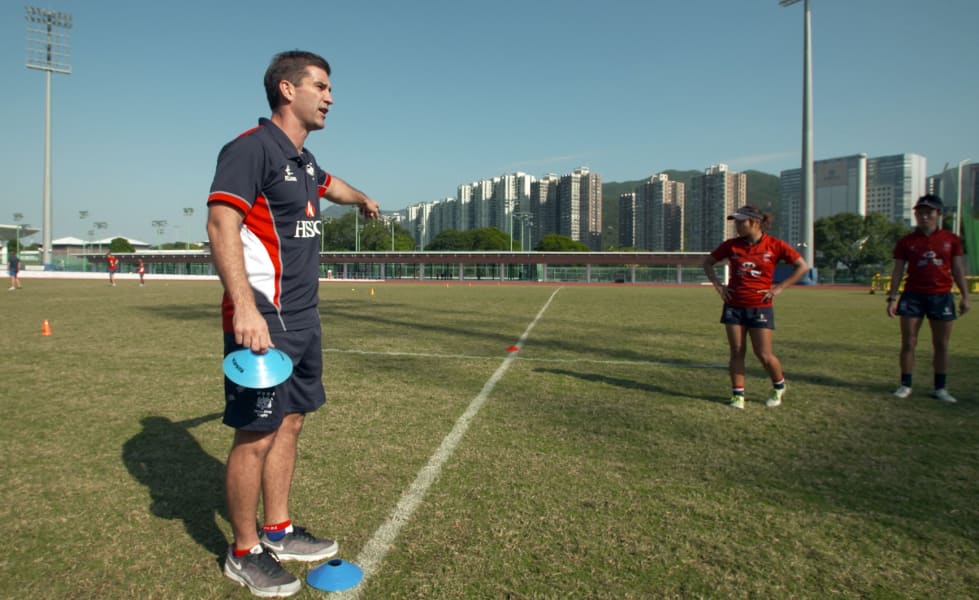Share
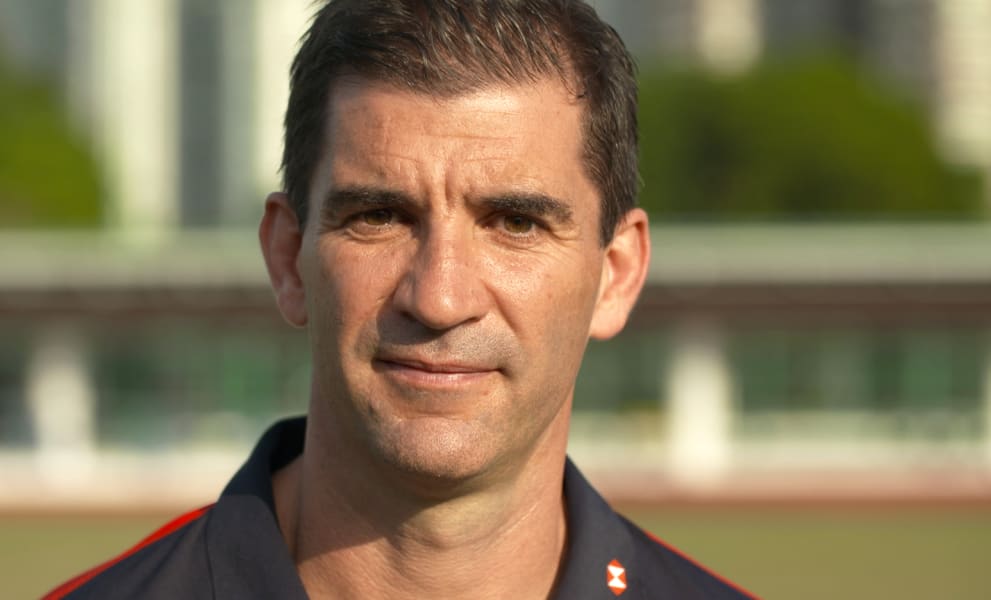

1 of 20
Before taking up his job as Fiji's men's coach, Gareth Baber gave CNN a rugby sevens skills tutorial with the help of the Hong Kong women's team. CNN
"The size of a sevens pitch is no different than a 15s pitch, but obviously you have less players running around," Baber says. "It's a fast game, an intense game, and it's played over a shorter period of time." WATCH FITNESS VIDEO CNN
"What we do in sevens is slightly different in terms of the burst of efforts that we have. It is largely based around the game play." Here South Africa's Blitzboks take part in a training session. Ian MacNicol/Getty Images Europe/Getty Images/file
"There's more passing than anything else that happens in the game of rugby, and all players in sevens have to be capable of doing it," Baber says. WATCH PASSING VIDEO CNN
"In sevens you have to pass effectively whilst traveling at speed over greater distance than you would in 15s," the Welshman adds. "You have to pass the ball backwards to move forwards, which catches a lot of people out." Here Fiji's Semi Kunatani offloads a pass while falling against New Zealand at the Rio 2016 Olympics. PHILIPPE LOPEZ/AFP/AFP/Getty Images/file
"In sevens, games can be won or lost on one or two tackles that are either made or not made," Baber says. WATCH TACKLING VIDEO CNN
"The defender should move forwards all of the time, get in a balanced position as close to the attacker as possible, and then sink from the hips and drop rather than bend to be in a good powerful position to get a shoulder around a hip or thigh area. Wrap the arms and squeeze, which effectively pulls people to the ground," Baber says. PASCAL GUYOT/AFP/AFP/Getty Images/file
"If play breaks down, get yourself into a positive position when you hit the floor so that you create an easy opportunity for the second man in, who comes in to support you and forms that ruck," the 44-year-old says. CNN
"In sevens we tend to look at staying above the ball, protecting the ball whilst engaging in that ruck, that breakdown, so when that ball is presented, we can play away." Here, Australia's Charlotte Caslick starts another cycle of play after her grounded teammates retain possession. David Rogers/Getty Images South America/Getty Images
"These are the lineout, the scrummage and the kickoff -- and all three of those are vitally important," Baber says. "They restart the game. They provide an advantage to the team that starts with possession; the issue is making sure you retain that possession."
CNN
CNN
"You're either kicking off because you're starting the game at the beginning and halftime, or after a try, so those areas become vitally important to controlling possession," he says. CNN
"In sevens if you've got the ball and you control it for long periods of time and stay accurate with your pass, then the defense is generally working harder and that's where the fatigue element starts to set in. So your set piece becomes vitally important." Here players contest a kickoff in a match between the US and Wales. Mark Kolbe/Getty Images AsiaPac/Getty Images/file
"The basic principle of scrummaging is to provide a stable and strong platform to ensure that you keep the ball," the coach says. CNN
"Unlike 15s, as a sevens player you don't stay in the scrummage for very long," Baber says. "You have to be out and back into position either to attack or to defend and get more plays in the game." CNN
"You're looking at two lifters plus a jumper, or maybe one jumper of her own with one lifter," Baber says. "We work largely on making sure the timing of the lifters and the jumpers are correct." CNN
"That means the jumpers have to have good power off the floor and good standing jump availability up into the air. The hookers have to very much work on the accuracy of their throw in as well." Pictured is a lineout in an Asian zone Olympic qualification match between Japan and Kazakhstan in 2015. Ken Ishii/Getty Images AsiaPac/Getty Images/file
"What you're trying to do is pull the defender's weight to one side of the field, one side of their body, with the idea that you're going to step quickly back into the space they've already vacated," Baber says. WATCH LINE BREAKS VIDEO CNN
"So being quick with your feet is always beneficial, being lighter is beneficial as well -- power ratio is important too," he adds. Here New Zealand's Pita Ahki eludes Fiji's Vatemo Ravouvou at the 2016 Hong Kong Sevens. ISAAC LAWRENCE/AFP/AFP/Getty Images/file
"What generally creates line breaks is pace, and the ability of an individual to spot space and utilize their pace or footwork to get into that space as quickly as possible," Baber says. CNN
"We work a lot on anticipation, reading what a ball carrier would do. In sevens a missed tackle or a line break is largely what tries come from." Here South Africa's Rosko Specman bursts through Great Britain's defensive line at the 2016 Olympics. David Rogers/Getty Images South America/Getty Images/file
